The story of the rise and fall of disco
Welcome to the glittering world of disco, where the beats were infectious, and the dance floors were alive with vibrant energy. Disco emerged in the late 1960s and dominated the music scene throughout the 1970s.
It was more than just music; it was a cultural movement that brought people together on the dance floor. This captivating genre combined funk, soul, and pop elements, creating an irresistible urge to dance.
The Birth of Disco: A Cultural Revolution
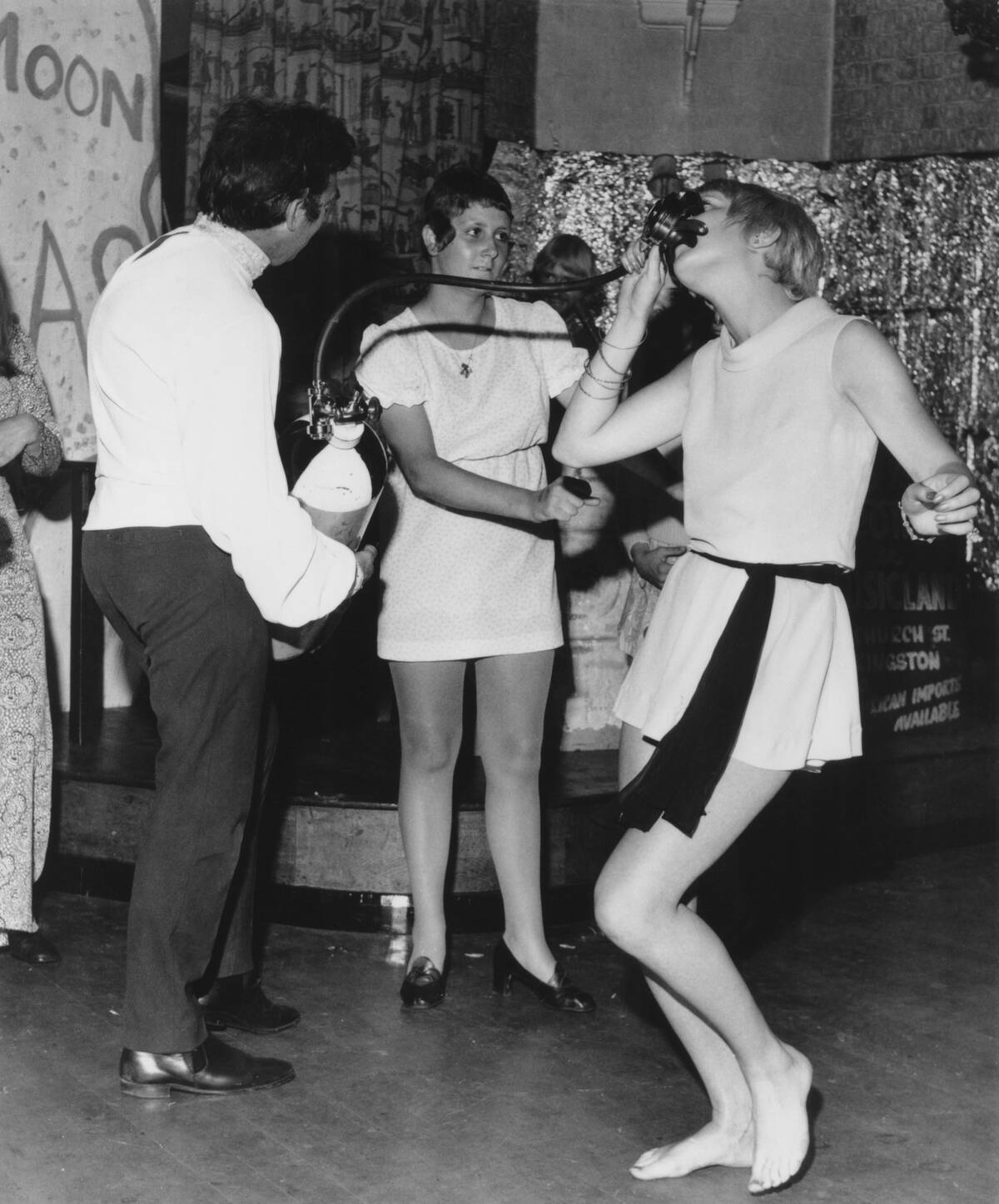
The roots of disco can be traced back to the underground dance clubs of New York City and Philadelphia in the late 1960s. It was a time of social change and liberation, with marginalized communities finding a voice through music.
Disco offered an inclusive space for people of all backgrounds to express themselves freely, fostering a sense of unity and acceptance. This cultural revolution was driven by a desire for freedom and expression on the dance floor.
The Influences That Shaped Disco Music

Disco music was a melting pot of influences, drawing from genres like funk, soul, and Motown. The syncopated bass lines of funk and the soulful melodies of Motown played a significant role in shaping disco’s signature sound.
Latin rhythms also made their way into disco, adding a lively and infectious groove. These diverse influences combined to create a sound that was both familiar and innovative, captivating audiences worldwide.
The Pioneers of Disco: DJs and Nightclubs
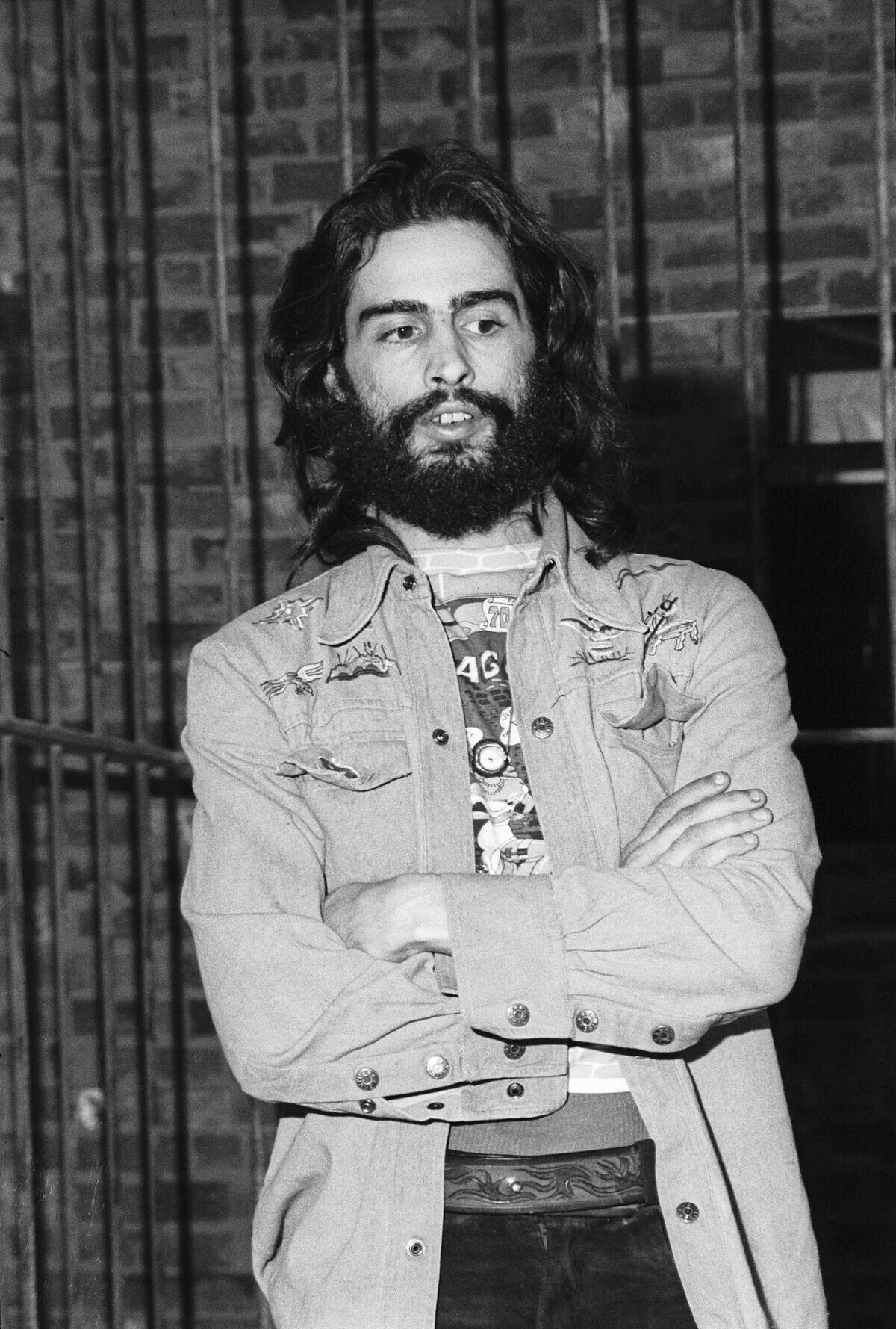
DJs were the true pioneers of disco, crafting seamless mixes that kept the dance floors buzzing all night long. Legendary DJs like David Mancuso (pictured) and Larry Levan transformed the DJ booth into an art form, blending tracks in a way that was both innovative and hypnotic.
Nightclubs like The Loft and Paradise Garage became iconic venues, where people flocked to experience the magic of disco. These pioneers set the stage for the genre’s explosive growth.
The Iconic Sound: Instruments and Techniques
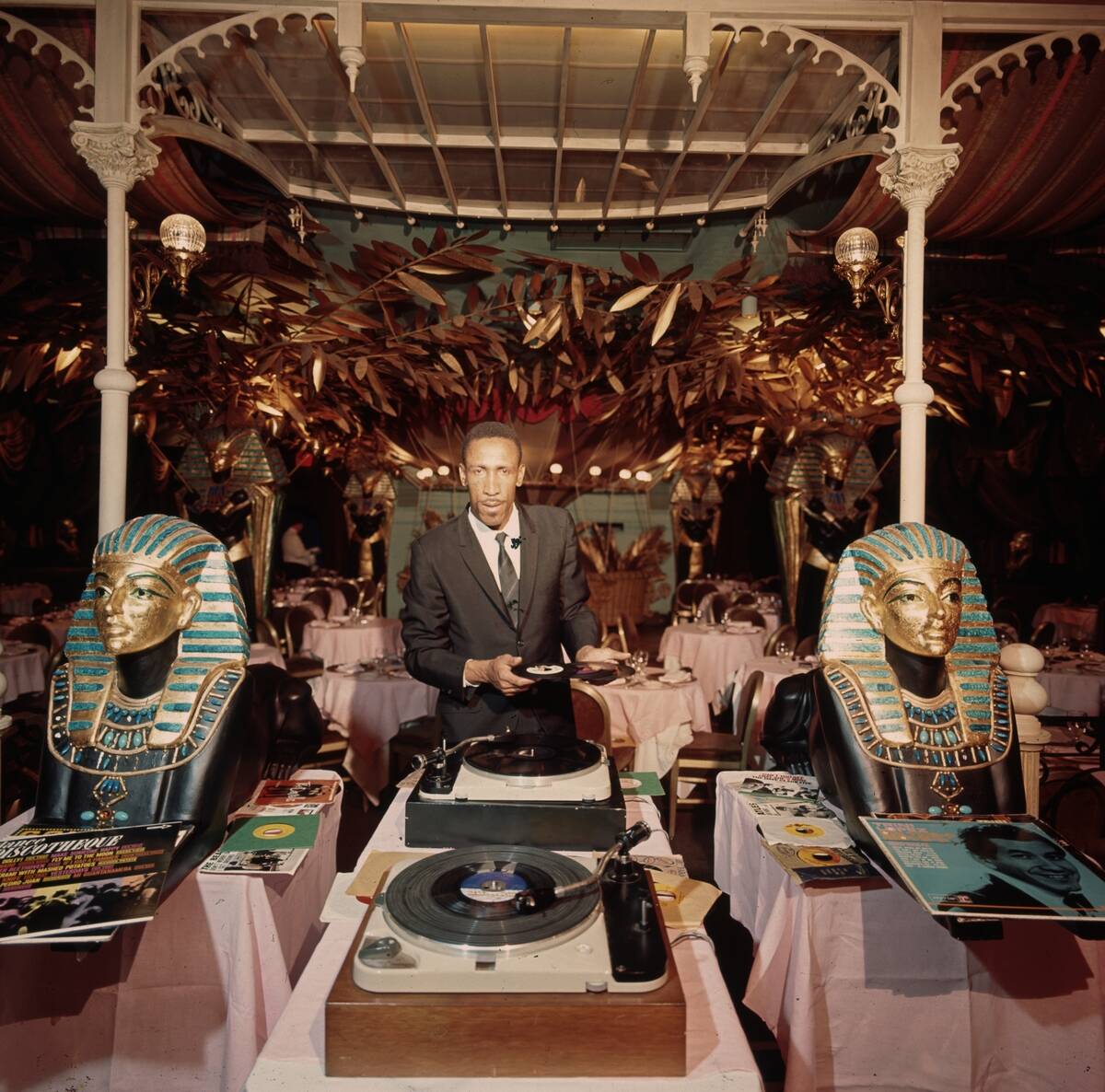
The disco sound was characterized by its lush orchestration and driving beat. Strings, horns, and electric pianos added richness and depth to the music, while the four-on-the-floor beat kept dancers moving.
Producers employed techniques like multi-tracking and reverb to create a polished and expansive sound. The use of synthesizers added a futuristic touch, making disco both timeless and ahead of its time. These elements combined to create a sonic landscape that was uniquely disco.
Fashion on the Dance Floor: Disco Style and Glamour

Disco was as much about fashion as it was about music, with glittering outfits and flamboyant style ruling the dance floors. Bell-bottoms, platform shoes, and sequined dresses were all the rage, reflecting the era’s vibrant spirit.
Designers like Halston and Diane von Furstenberg created iconic looks that defined disco fashion. The emphasis was on glamour and self-expression, with people embracing bold colors and daring designs to shine under the disco ball.
The Rise of Disco: From Underground to Mainstream
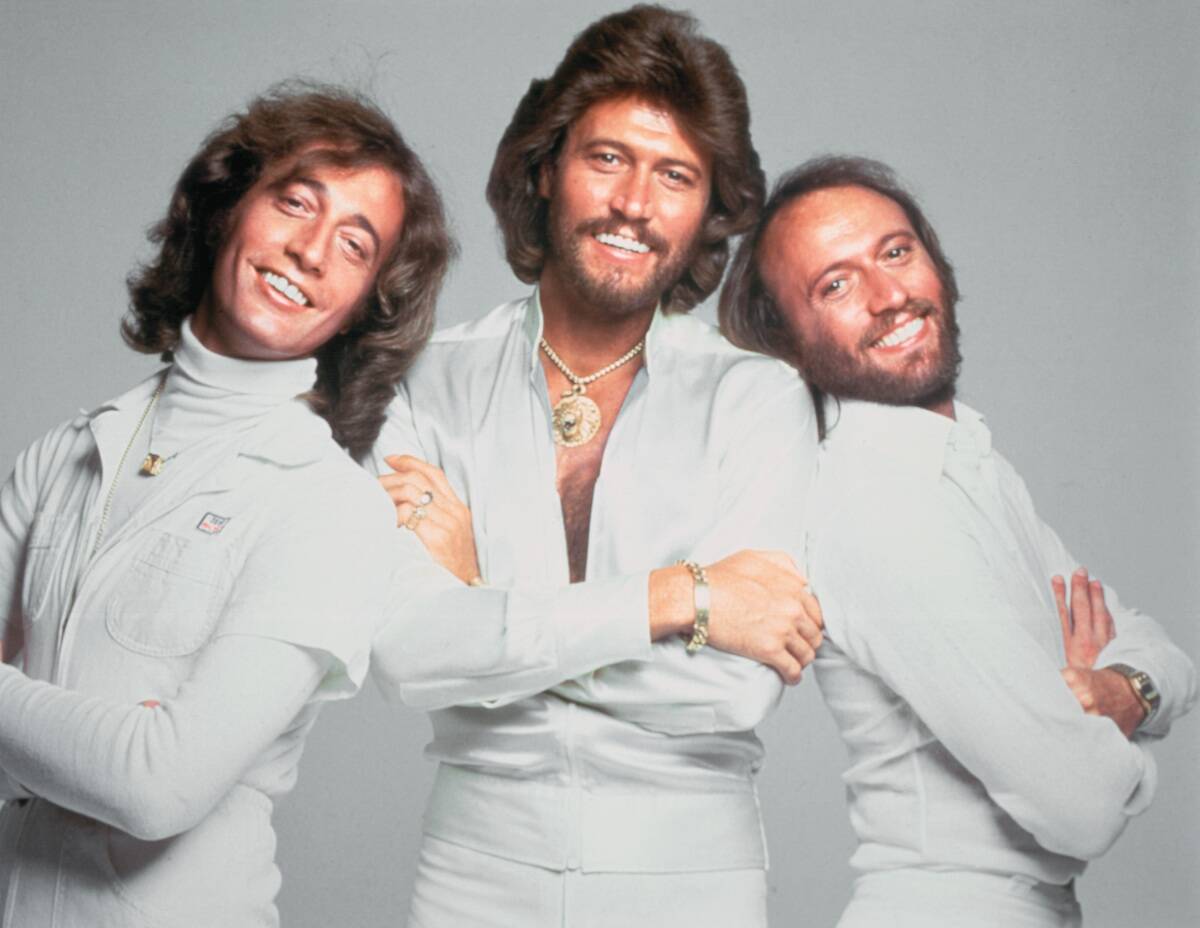
Disco’s journey from underground clubs to mainstream success was fueled by its infectious appeal. By the mid-1970s, disco music dominated the airwaves, with hits like “Stayin’ Alive” and “I Will Survive” capturing the public’s imagination.
The genre’s popularity soared, leading to the rise of disco-themed TV shows and movies. Record labels scrambled to capitalize on the trend, launching new artists and releasing disco hits that topped the charts worldwide.
The Disco Fever: Movies and Media Embrace the Trend
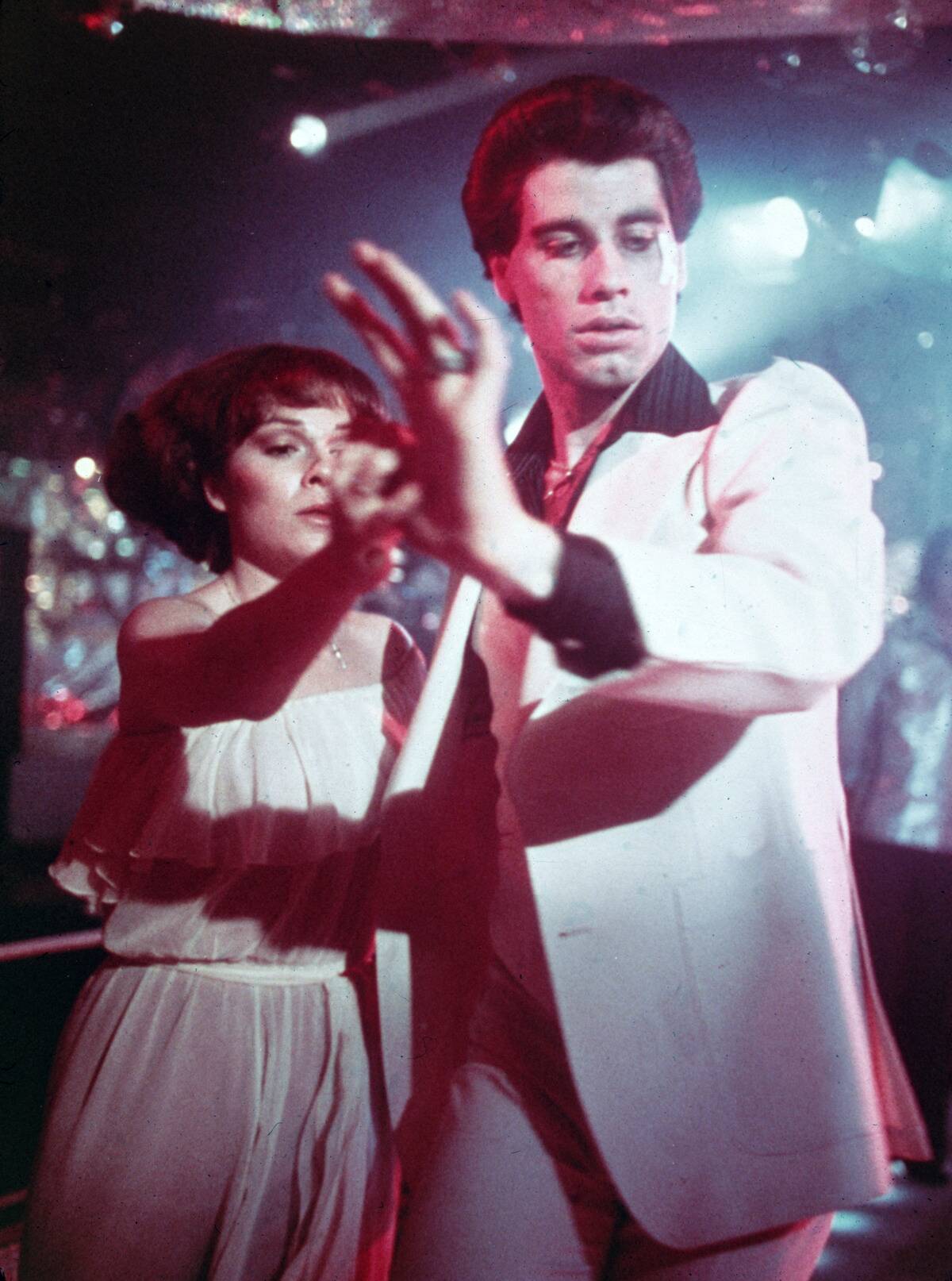
The disco craze extended beyond music, infiltrating movies and media as well. Films like Saturday Night Fever and Thank God It’s Friday captured the essence of the disco lifestyle, complete with dazzling dance sequences and catchy soundtracks.
Television shows and commercials also embraced the trend, featuring disco music and dance routines. This media saturation helped solidify disco’s place in pop culture, making it a defining phenomenon of the 1970s.
Studio 54: The Epicenter of Disco Nightlife
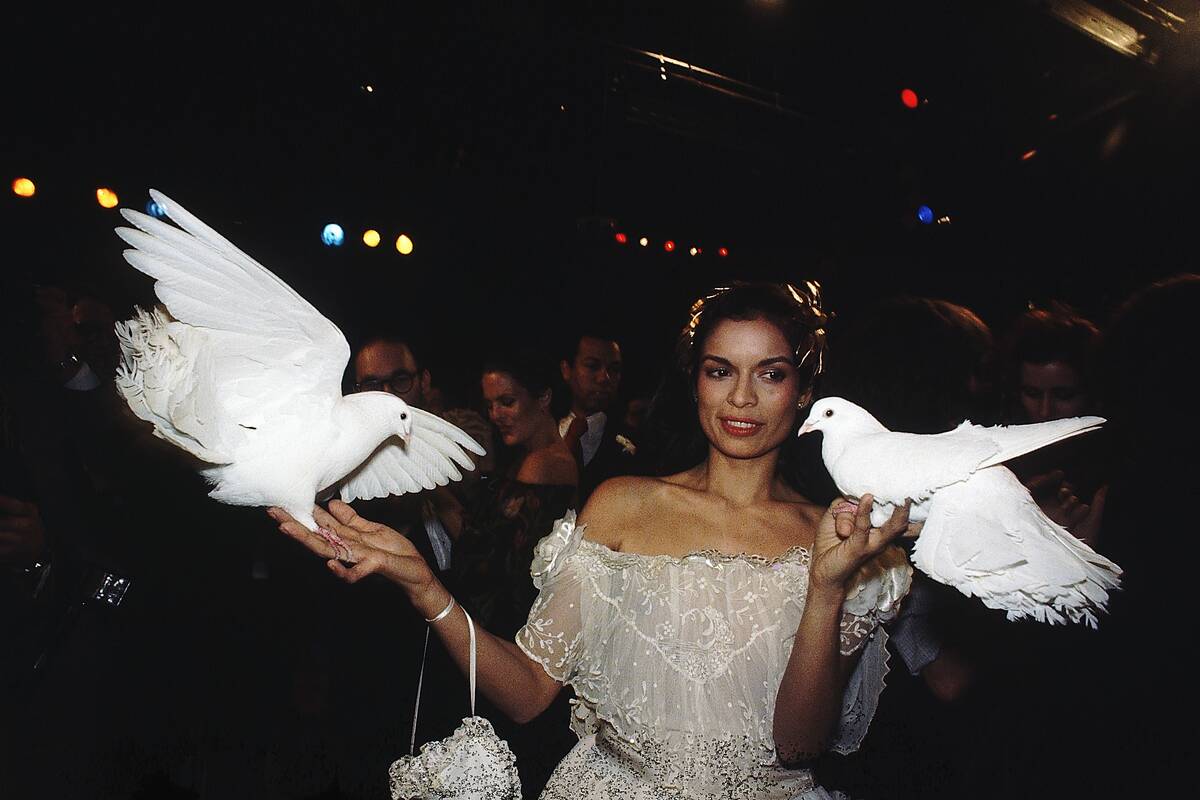
Studio 54 was the legendary nightclub that epitomized the excess and glamour of the disco era. Located in Manhattan, it attracted celebrities, fashion icons, and partygoers eager to experience its electric atmosphere.
With its extravagant parties and star-studded guest list, Studio 54 became the ultimate symbol of disco nightlife. The club’s exclusivity and opulence made it a must-visit destination, where the lines between fame and anonymity blurred under the strobe lights.
Saturday Night Fever: A Cinematic Phenomenon
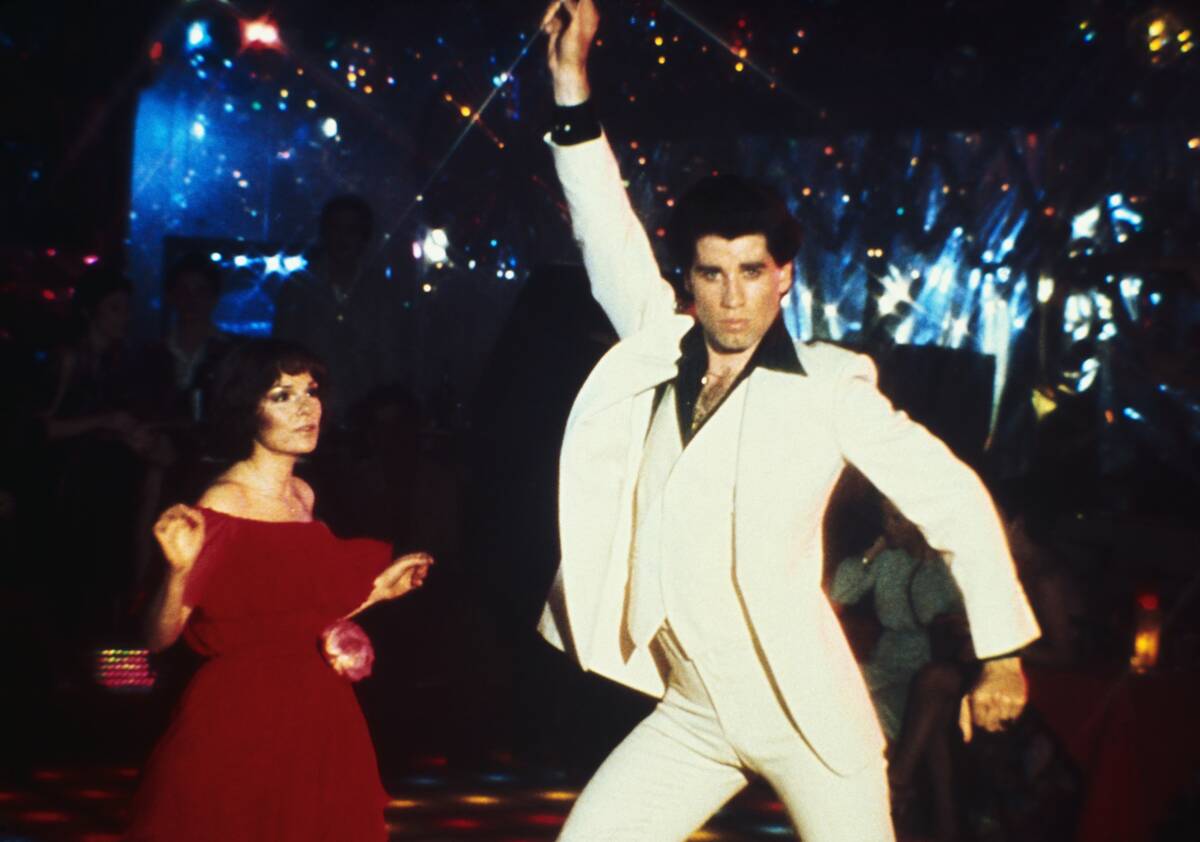
Saturday Night Fever was more than just a movie; it was a cultural sensation that brought disco to the forefront of American consciousness. Released in 1977, it starred John Travolta as Tony Manero, a young man who found solace and identity on the dance floor.
The film’s soundtrack, featuring hits by the Bee Gees, became one of the best-selling albums of all time. Saturday Night Fever turned disco into a global phenomenon, inspiring countless fans to embrace the dance.
Disco Icons: The Stars Who Defined an Era
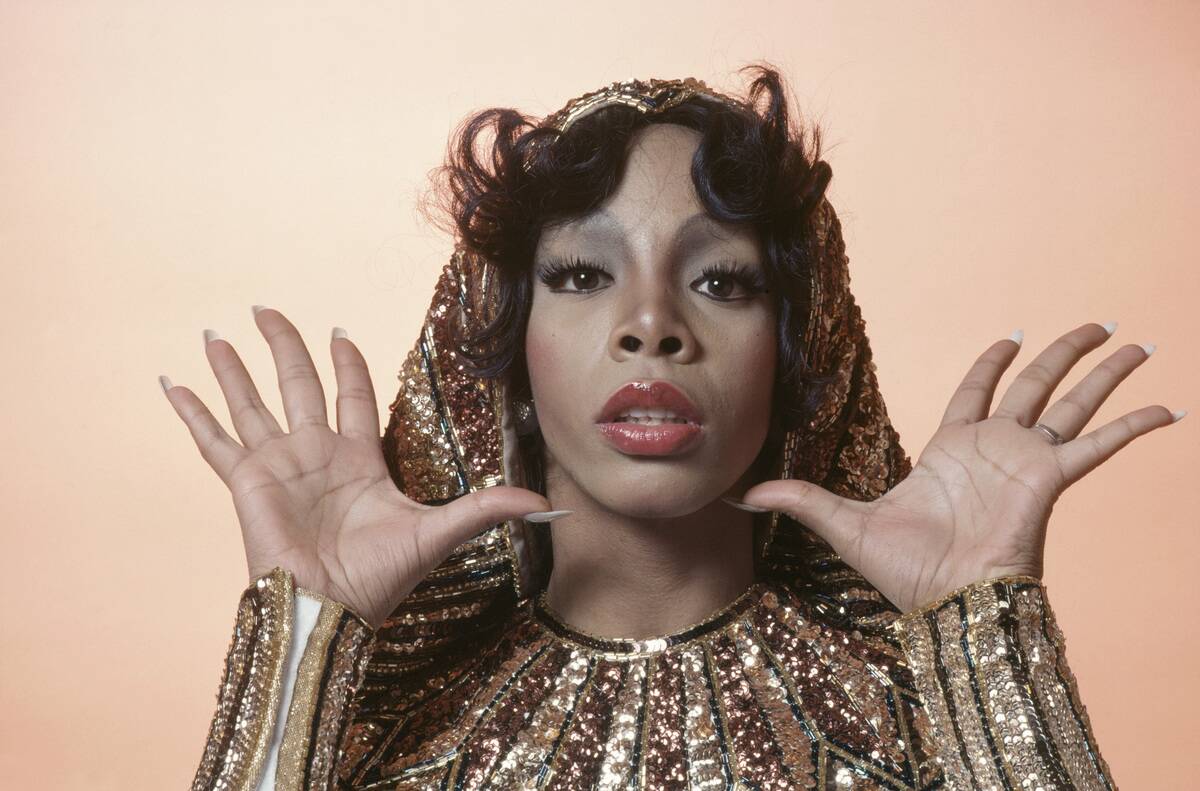
The disco era was defined by its iconic stars, who brought charisma and talent to the stage. Donna Summer, known as the “Queen of Disco,” delivered hits like “Last Dance” and “Hot Stuff” with her powerful voice.
The Bee Gees, with their signature falsettos, became synonymous with disco thanks to their contributions to the Saturday Night Fever soundtrack. Chic, led by Nile Rodgers, created timeless tracks like “Le Freak” that continue to resonate with audiences today.
The Disco Craze: How It Impacted Pop Culture
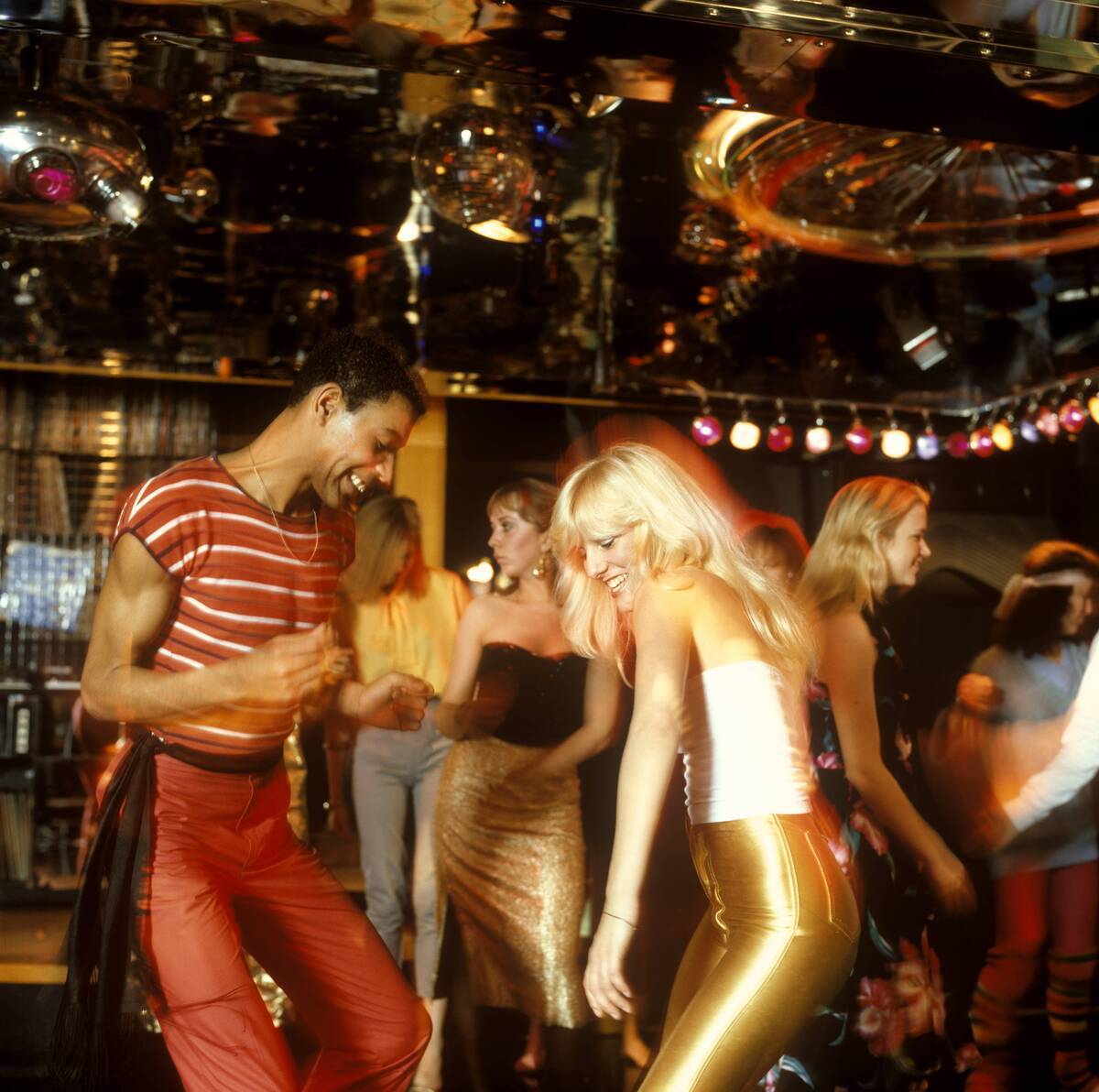
The disco craze left an indelible mark on pop culture, influencing fashion, film, and even language. Phrases like “boogie down” and “get down” became part of everyday vernacular, while disco-inspired fashion trends took over runways and streets.
The genre’s influence extended to television, with shows featuring disco themes and soundtracks. Disco’s impact on pop culture was profound, creating a legacy that continues to be celebrated and referenced in modern media.
The Backlash Begins: Disco Demolition Night
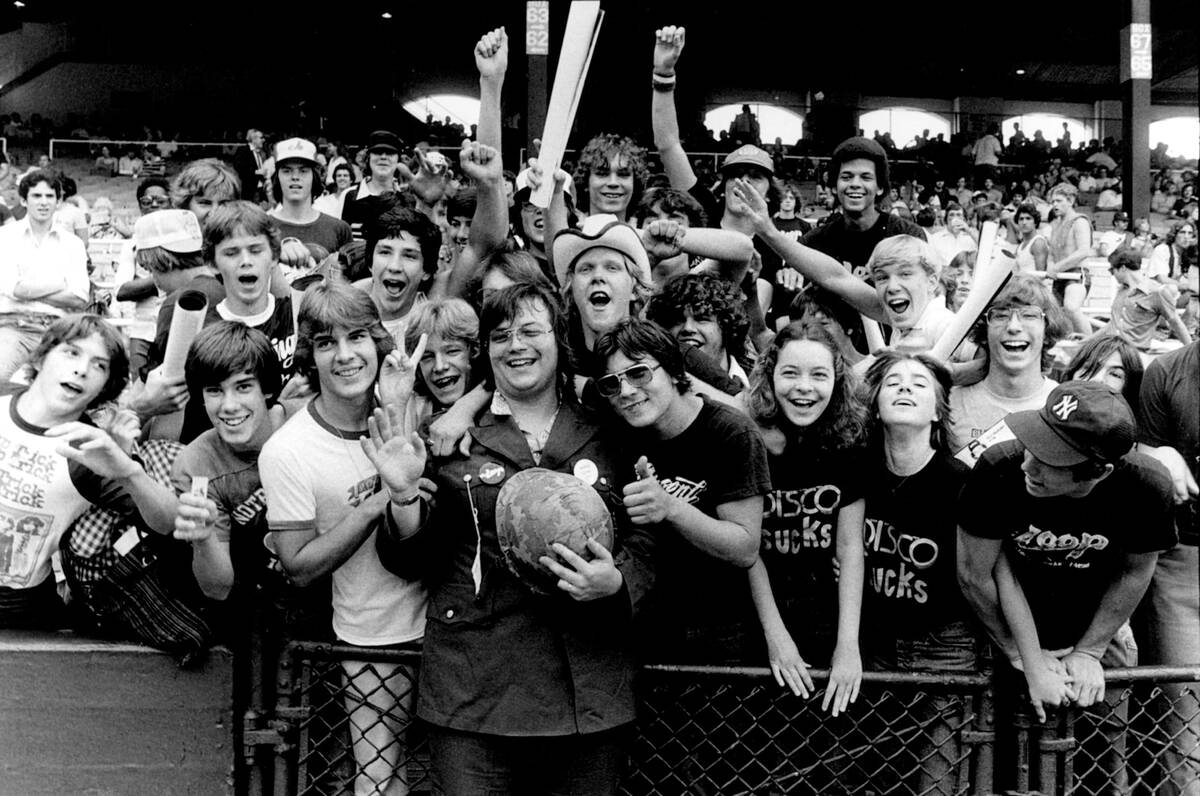
Despite its popularity, disco faced a significant backlash that culminated in the infamous Disco Demolition Night in 1979. Held at Chicago’s Comiskey Park, the event invited attendees to bring disco records for destruction, resulting in chaos and a riot.
The backlash was partly fueled by a cultural shift towards rock and punk, as well as the perceived commercialization of disco. However, critics also find it hard not to see hatred for the marginalized groups disco brought together as a significant factor in retrospect. Disco Demolition Night symbolized the growing disenchantment with the genre, marking the beginning of its decline.
The Economics of Disco: A Commercial Boom
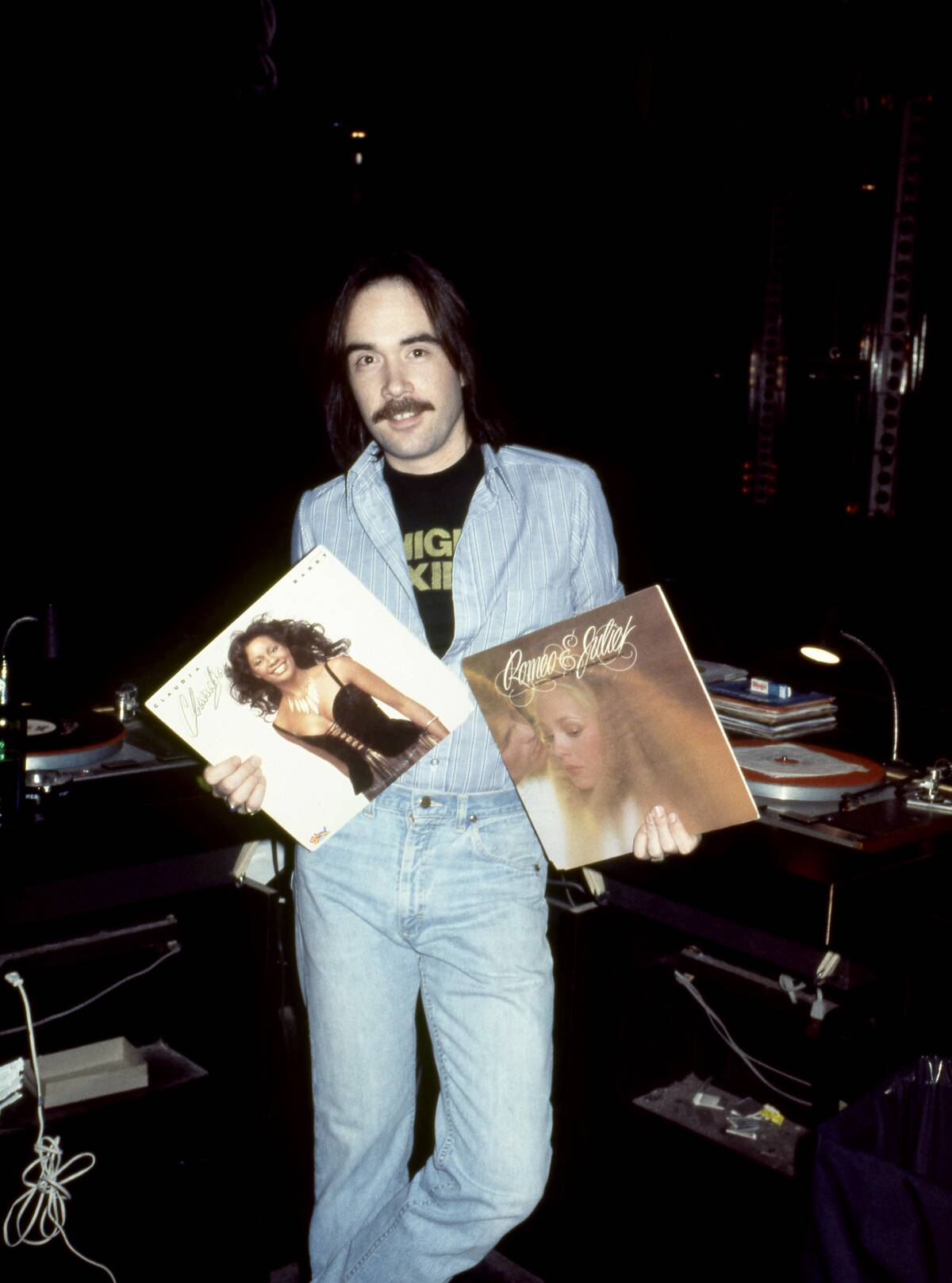
Disco was not only a cultural phenomenon but also a commercial juggernaut that generated billions in revenue. The genre’s popularity led to a boom in record sales, with disco albums topping charts and breaking sales records.
Nightclubs thrived, attracting large crowds eager to dance the night away. The fashion industry also benefited, with designers creating disco-inspired collections. This commercial success demonstrated disco’s wide-reaching appeal and its ability to capture the consumer market.
The Decline: Factors That Led to Disco’s Downfall
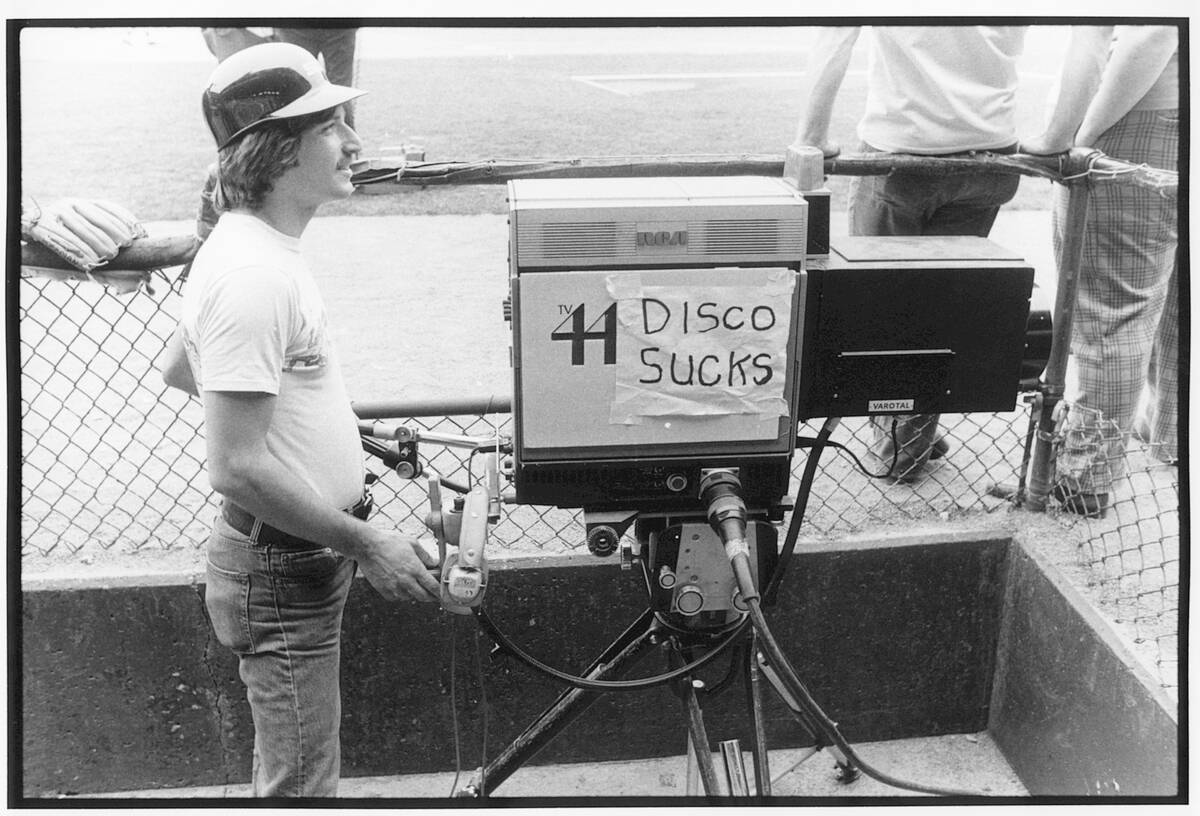
Several factors contributed to the decline of disco in the early 1980s. The backlash against the genre, exemplified by Disco Demolition Night, played a significant role. Additionally, the rise of new music genres like punk and new wave shifted public interest away from disco.
The oversaturation of the market with disco music and the genre’s association with excess also led to its decline. Despite its fall from mainstream popularity, disco’s influence continued to linger in the music industry.
The Legacy of Disco: Its Lasting Influence on Music and Fashion

Disco’s legacy is evident in the enduring influence it has on music and fashion today. Its beats and rhythms laid the groundwork for electronic dance music (EDM) and house music, genres that continue to dominate dance floors worldwide.
Disco’s emphasis on glamour and self-expression is reflected in current fashion trends, with designers often drawing inspiration from the iconic styles of the disco era. The genre’s spirit of inclusivity and freedom continues to resonate with new generations.
The Resurgence: How Disco Continues to Inspire Today
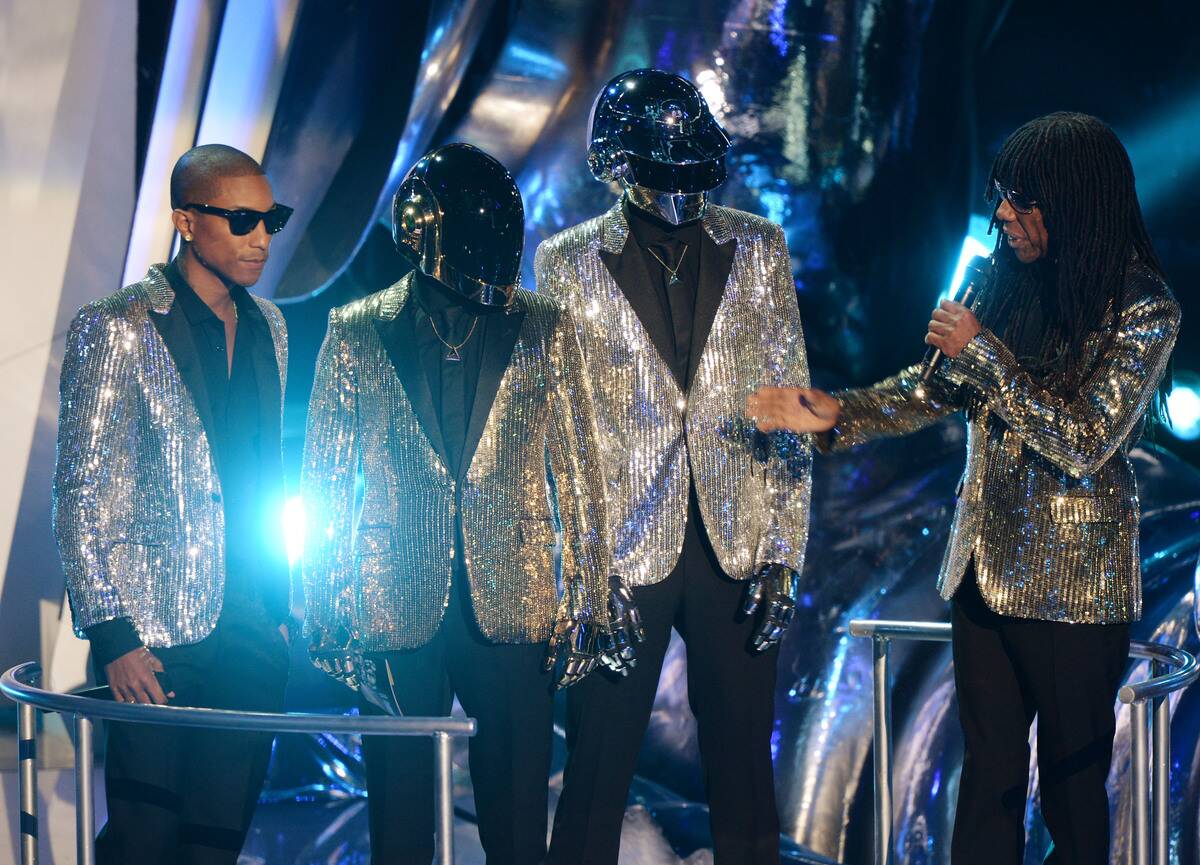
In recent years, disco has experienced a resurgence, with artists and producers revisiting its iconic sound. Modern musicians like Daft Punk and Dua Lipa have embraced disco elements, incorporating them into contemporary hits.
The genre’s influence can be heard in the resurgence of dance-pop and nu-disco tracks that dominate the charts. Disco’s timeless appeal and infectious energy continue to inspire artists and fans alike, proving that the genre’s groove is truly everlasting.



